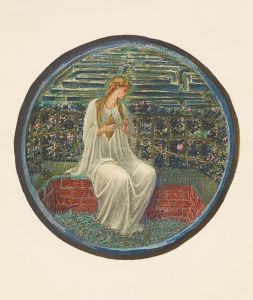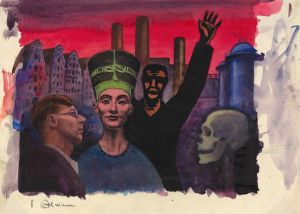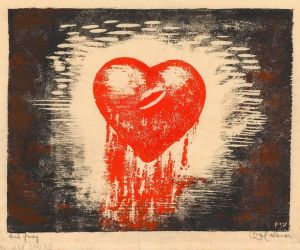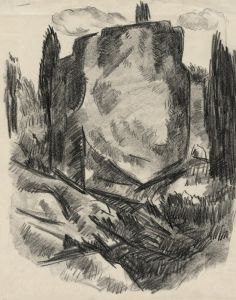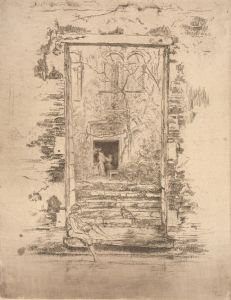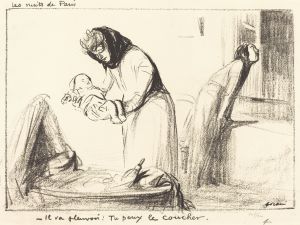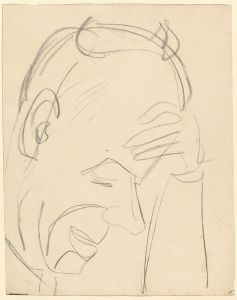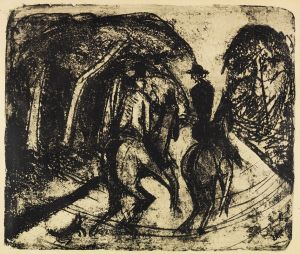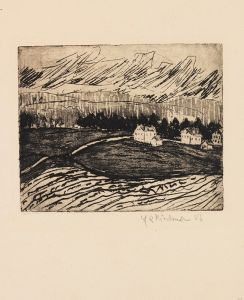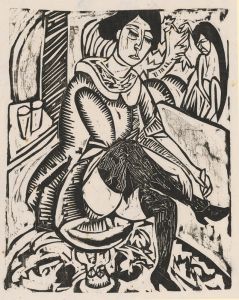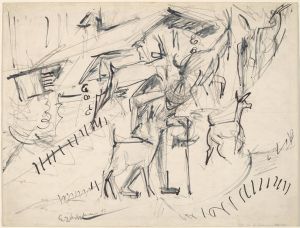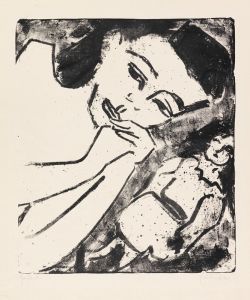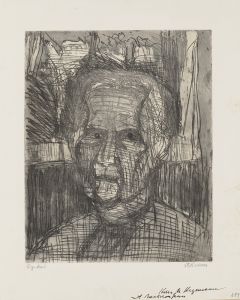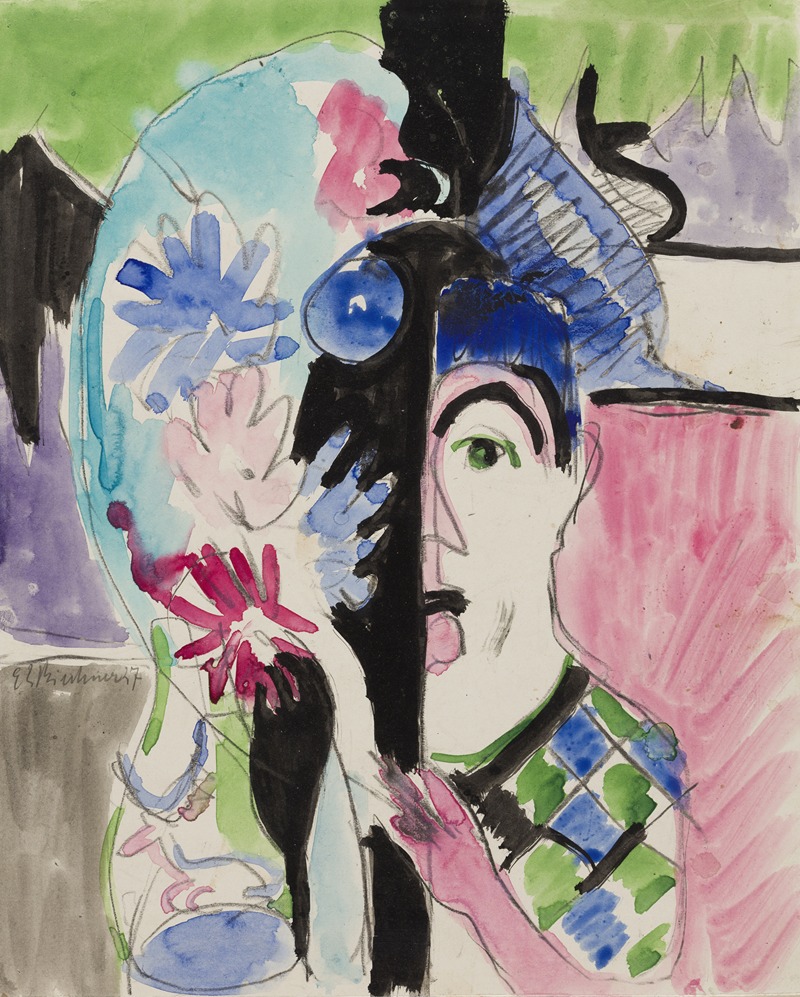
Studie zu ‘Müllerkopf mit Blumen’
A hand-painted replica of Ernst Ludwig Kirchner’s masterpiece Studie zu ‘Müllerkopf mit Blumen’, meticulously crafted by professional artists to capture the true essence of the original. Each piece is created with museum-quality canvas and rare mineral pigments, carefully painted by experienced artists with delicate brushstrokes and rich, layered colors to perfectly recreate the texture of the original artwork. Unlike machine-printed reproductions, this hand-painted version brings the painting to life, infused with the artist’s emotions and skill in every stroke. Whether for personal collection or home decoration, it instantly elevates the artistic atmosphere of any space.
Ernst Ludwig Kirchner was a prominent German expressionist painter and one of the founding members of the artist group Die Brücke (The Bridge), which played a pivotal role in the development of modern art in the early 20th century. His work is characterized by bold colors, dynamic compositions, and a focus on the human figure, often exploring themes of modernity and alienation.
"Studie zu ‘Müllerkopf mit Blumen’" (Study for 'Müller Head with Flowers') is one of Kirchner's works that exemplifies his distinctive style and thematic interests. Although specific details about this particular study are limited, it can be understood within the broader context of Kirchner's oeuvre and the expressionist movement.
Kirchner's art often depicted figures in a raw and emotive manner, using exaggerated forms and vibrant colors to convey psychological depth and intensity. The title "Müllerkopf mit Blumen" suggests a focus on a portrait, possibly of a person named Müller, accompanied by floral elements. Flowers in Kirchner's work can symbolize a range of emotions and ideas, from beauty and vitality to transience and decay, reflecting the complex interplay between human experience and the natural world.
The study likely served as a preparatory work for a larger or more detailed piece, a common practice among artists to explore composition, form, and color before committing to a final version. Kirchner's studies often reveal his process of experimentation and refinement, providing insight into his artistic methods and creative exploration.
Kirchner's career was significantly impacted by the socio-political upheavals of his time. The outbreak of World War I and his subsequent military service had a profound effect on his mental health, leading to a nervous breakdown and a period of recovery in Switzerland. During this time, his style evolved, becoming more introspective and focused on the landscapes and people around him.
The Nazi regime later condemned Kirchner's work as "degenerate art," leading to the removal of his paintings from German museums. This period of persecution and the loss of recognition in his homeland deeply affected Kirchner, contributing to his tragic suicide in 1938.
Despite these challenges, Kirchner's legacy endures, and his work continues to be celebrated for its innovative approach and emotional depth. His studies, including "Studie zu ‘Müllerkopf mit Blumen’," offer valuable insights into his artistic journey and the broader expressionist movement, highlighting the enduring impact of his vision on modern art.
In summary, while specific details about "Studie zu ‘Müllerkopf mit Blumen’" are scarce, it remains an important piece within Kirchner's body of work, reflecting his unique style and the broader themes that define his contribution to art history.





